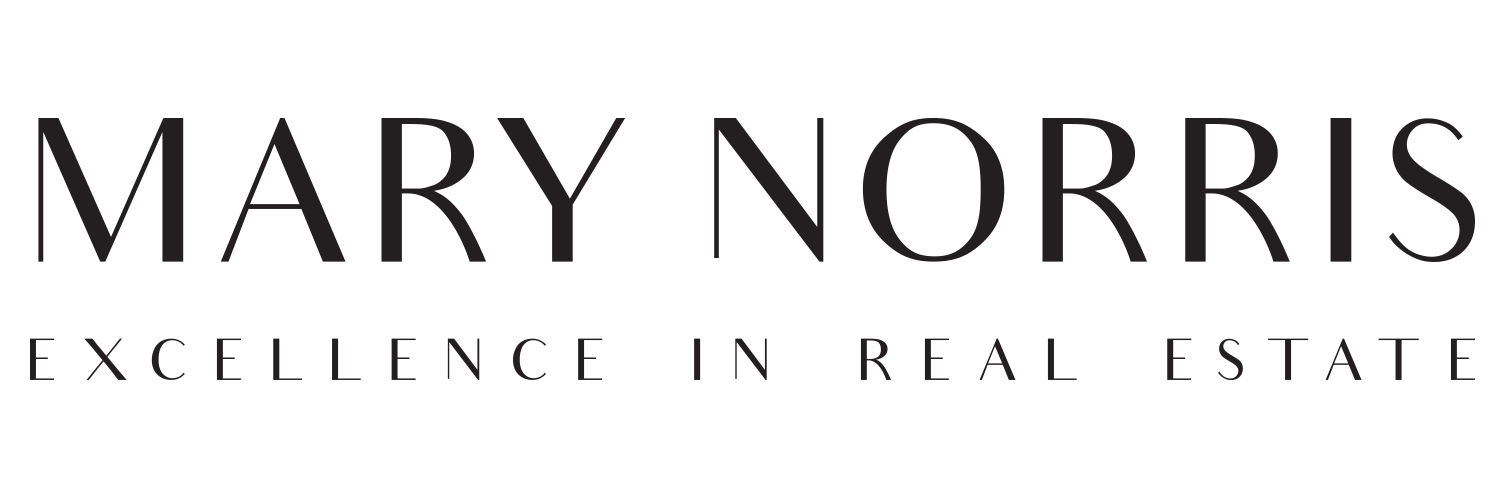Looking at the City of Seattle’s Housing Affordability Rezone Plan
Last week, mayor Tim Burgess and city councilor Rob Johnson released Seattle’s Housing Affordability Rezone Plan, which will loosen restrictions on the height and number of units a developer may build, in exchange for offering affordable housing options within the project or paying into a city-fund to support affordable homes. Curbed Seattle broke down the exhaustive document, which is set to go for review at the City Council over the next couple of weeks with possible implementation by this time next year.
2017 has already seen smaller-scale rezones in a number of neighborhoods, including the University District, downtown core, and International District, among others. This plan focuses on areas that are being called urban villages, which are “neighborhood hubs that provide housing and employment, the majority of them near transit.” Rezones will apply to any areas within the city that are not currently zoned industrial or single-family and excludes some historic districts.
Further, many of the currently zoned single-family areas will shift from classification to residential small lot (RSL), which means stricter zoning requirements including a “floor-area ratio limit of .75.” Though highly regulated, RSL areas will be complemented by incentives such as a “slight increase in density” and will not require any mandatory redevelopment changes to existing homes in the area. As Curbed Seattle adds, “94 percent of the city’s single-family zones will be entirely untouched by this proposal.”
In identifying what makes a home affordable under the plan, a unit should be within the means of residents making 80 percent of the median income for that area, a figure that also shifts based on the size of a household. And in making affordable options available for larger units in addition to smaller ones, certain low-rises will be required to offer a 2 bedroom opportunity for every 4 smaller units. There will also be other incentives for higher options in mixed zones when a building implements certain features and standards will be put in place to protect privacy, landscape, and more.For more information, read Curbed Seattle’s complete coverage here.

